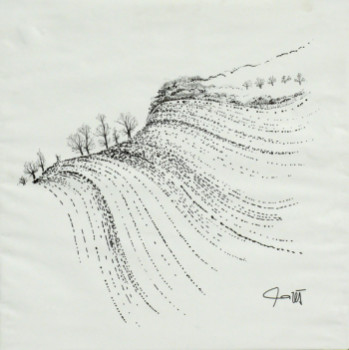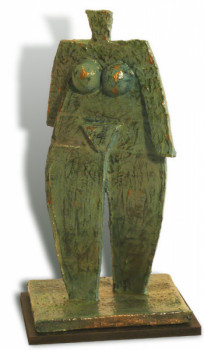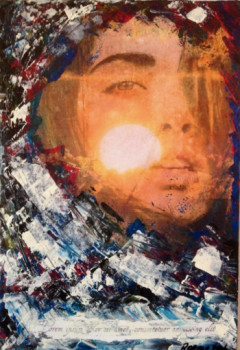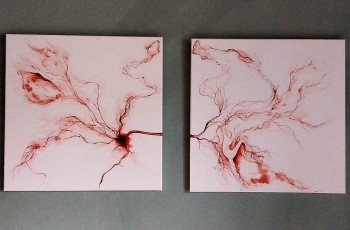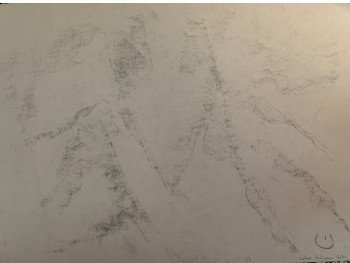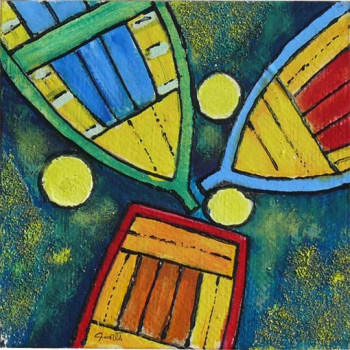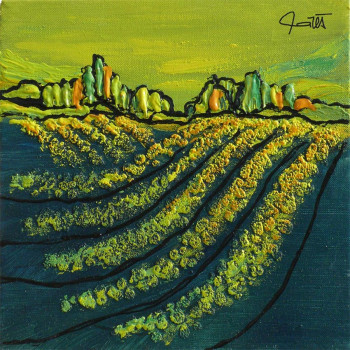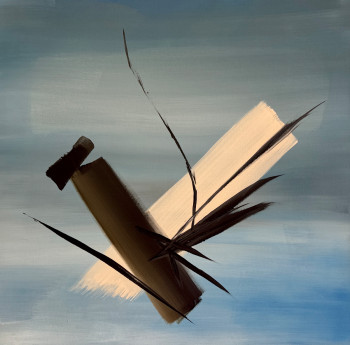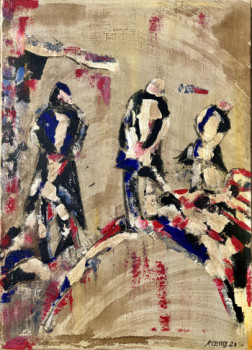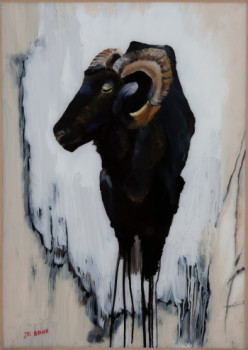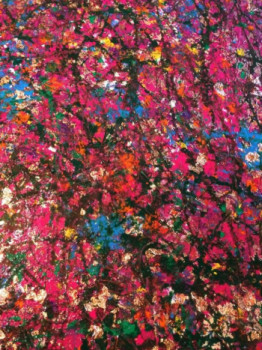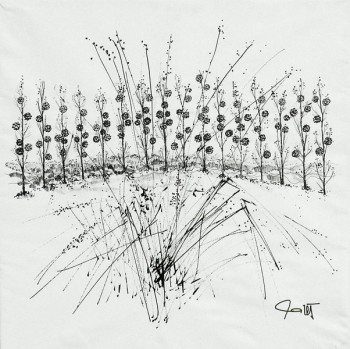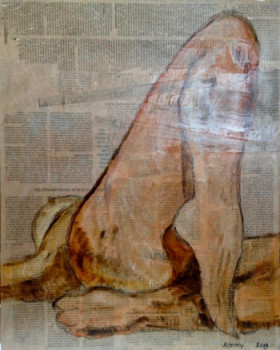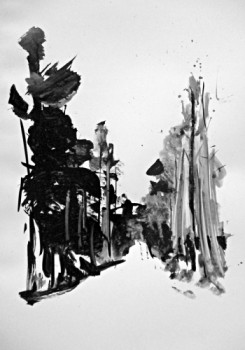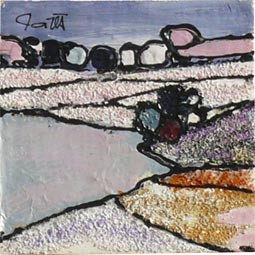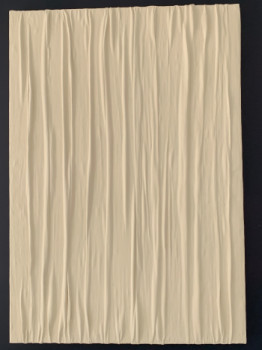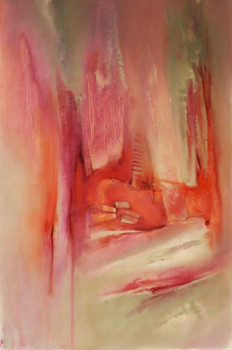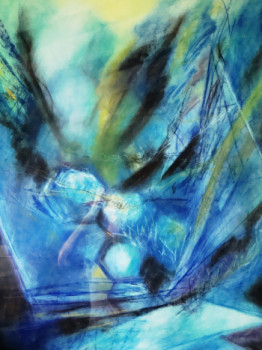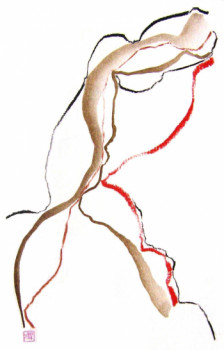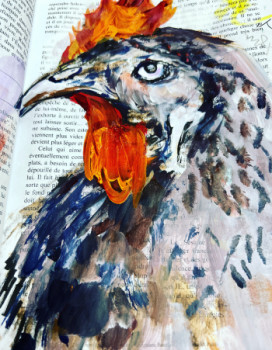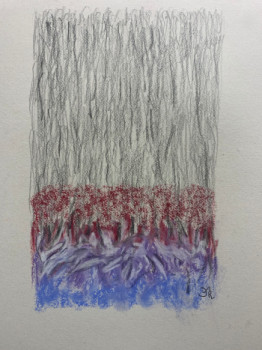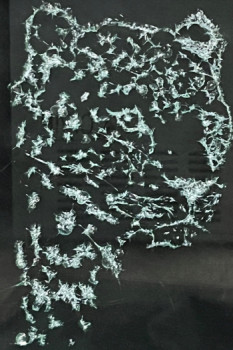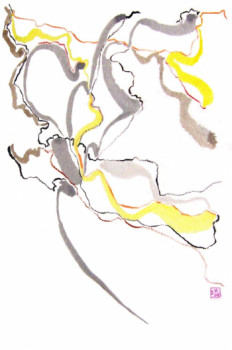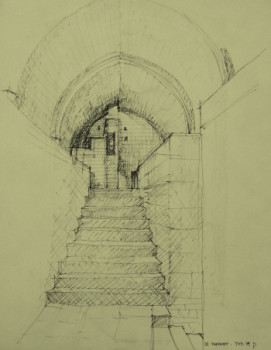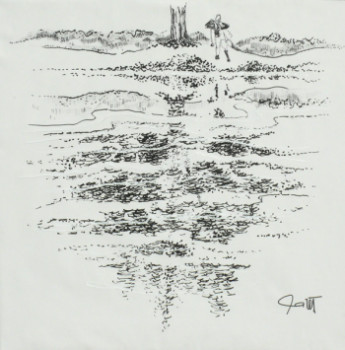
Presentation of Hans Hartung
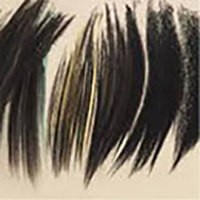
Hans Hartung, French painter of German ancestry, was born on September 21, 1904 in Leipzig. He died on September 7 December 1989 in Antibes, France. He is one of the main European representatives of a totally abstract style of painting. His groupings of black lines on colored backgrounds , meticulously made and almost calligraphic, made him famous.
Beginnings as an artist
Hans Hartung, member of the School of Paris and painter of lyrical abstraction, is more than an artist of 'post-war. In reality, he started his profession before the Second World War. The born painter in Germany is, from a very young age, attracted to by expressionism of abstract art. He has established his own dynamic artistic language throughout his career. at the age of 18, as evidenced by a series of 60 expressive watercolors.
Hartung followed a traditional art education in the art institutions of Leipzig and Dresden, although he began his studies in art. creating abstractions of ink stains since his childhood. Wassily Kandinsky, a Russian painter who also eschewed physical painting, was one of his early influences.
He then created a second series of abstract compositions in charcoal and watercolor. black chalk. Both series are abstract and unstructured. His drawings The use of ink during his school years and these two series had a profound impact on his entire life as an artist. For a truly abstract result, his method was based on a wide range of techniques. both spontaneous and disciplined
French influences
Hans Hartung met French painting at the Dresden International Art Exhibition in 1926, and this event changed his life. He was passionate about for French creative trends such as Impressionism, Fauvism and Cubism after seeing one paintings by Matisse with brilliant colors and clear lines.
He studies art at home. Leipzig, Dresden and Munich. In May 1931 he was exhibition for the first time at Dresden, in the Heinrich Kühl gallery, among paintings of figurative landscapes and abstract works. This exhibition was not a great success. Then his works were published. exposed to the Jeanne Bucher Gallery. He spent the next three years at work. Menorca, sick and broke. He returned to Germany, but as he hated Nazism, he settled in Germany. Paris in 1935 and became a French citizen in 1946.
He met notable artists of the time, including Mondrian, Miró, Hélion, Goetz and Calder. The sculptor Julio González became his friend in the late 1930s, and Hartung created the work. with him a work of abstract art.
Throughout his career, he has worked with various components, including oil, acrylic and pastels on paper or canvas. Diversity lines in his work set him apart. The precision and rationality of the The characteristics of his work are visible in the fact that he frequently created a spontaneous preliminary version (by the transfer method) before creating the larger, definitive form throughout. from the 1930s and 1950s.
War and post-war
Hartung served in the French Foreign Legion in North Africa and Alsace during World War II, where he was seriously injured. During the conflict, he was amputee of one of his legs. His service was interrupted when he was imprisoned. in a Spanish detention camp, from which he was eventually released. released thanks to American aid.
After the war, Hartung's mature style, which included swirling and dynamic linear themes, gained a receptive audience. After successful exposure to Paris in 1947, his art was exhibited in Paris. throughout Europe, as well as the United States, Japan and Latin America. He won the Grand Prize at the Venice Biennale in 1960, and his work received its own space in the French pavilion. He had a significant impact on the post-war European school of abstract art.
Hartung's later works are increasingly calm and stable. Letters and numbers are used to title several of his paintings.
Tachism
Tachismo was a popular school of painting in Italy. Paris during the Second World War and into the 1950s. It emphasized the instinctive and spontaneous action of the artist's brushstroke. Tachism was created by the young artists Hans Hartung,Gérard Schneider, Pierre Soulages, Frans Wols, Chao Wu-ch i (Zao Wu-ki) and Georges Mathieu as part of a broader post-war French movement known as Art Informel. The latter rejected geometric abstraction in favor of a more intuitive form of expression. Informal Art has been influenced by the spontaneous style and personnel of current American abstract expressionism, of which Action painting was one facet.
The tachistes trained in France, like their American counterparts, used a brush loaded with paint. to create huge works with broad brushstrokes and drips, spots and splashes of color. Their work, on the other hand, is more delicate and poetic than that of American painters like Jackson Pollock and Willem de Kooning, from whom French artists draw inspiration. Likewise, tachists are less dependent on uncontrolled mental inspiration than Action artists.
End of career
Hans Hartung receives his first retrospective in Paris. the Kunsthalle in Basel in 1952. The same year, the Museum of Modern Art in New York purchased his work T1948-15.
It installs at any time. Antibes with his wife, the painter Anna-Eva Bergman, after many years spent abroad. Paris. Hans Hartung created He began his approach using vinyl paint from the automotive industry in the early 1960s. His art became more fluid over time. Towards the end of his career he used a pistol paint for spraying and making drawings. Throughout his seven-decade career, he has demonstrated constant innovation in media, each with its own formal creative language.
Découvrez quelques oeuvres inspirées de Hartung

